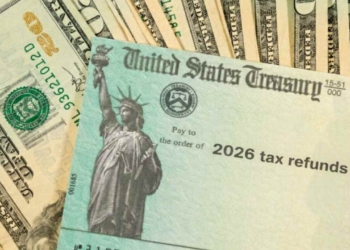Millions of Americans may be wondering what the Social Security Fairness Act, HR 82, is. For your information, it has to do with the Windfall Elimination Provision and Government Pension Offset. Bear in mind that these provisions have been controversial because they can considerably lower the amount of money workers in the public sector get from benefits. Take for example teachers, firefighters, and police officers.
President Joe Biden signed this law on January 5, 2025. For those citizens who still do not know what it is, the SSA Fairness Act gets rid of the reduction of Social Security benefits while entitled to public pensions from work which is not covered by Social Security. So far, the Agency is assessing how to carry out the Fairness Act.
What to do if you previously filed for Social Security benefits and they are completely or partially offset
The Administration reminds retired workers in this situation that they do not need to take any action but check that SSA has their current mailing address updated as well as the direct deposit information (if it has recently changed).
If you would like to update your mailing address, you can do so online. All you have to do is create a my Social Security account or log in if you already have one.
Therefore, there is no need to visit your local office or call. Those citizens who would like to create a my Social Security account can do so at: https://www.ssa.gov/myaccount/
What to do if you have not previously filed for Social Security benefits
Some of you may already be receiving a public pension and you may be eager to apply for SSA retirement benefits. All you have to do is file for these benefits online.
If you prefer it, you can also make an appointment. By scheduling an appointment, Social Security agents can help you and guide you throughout the process.
Actually, if your benefit was reduced because you were in this situation, you may see how your benefits increase. It will depend on your personal situation, but it may increase, on average from $360 to $1,190 by December 2025 per Congressional Budget Office.







